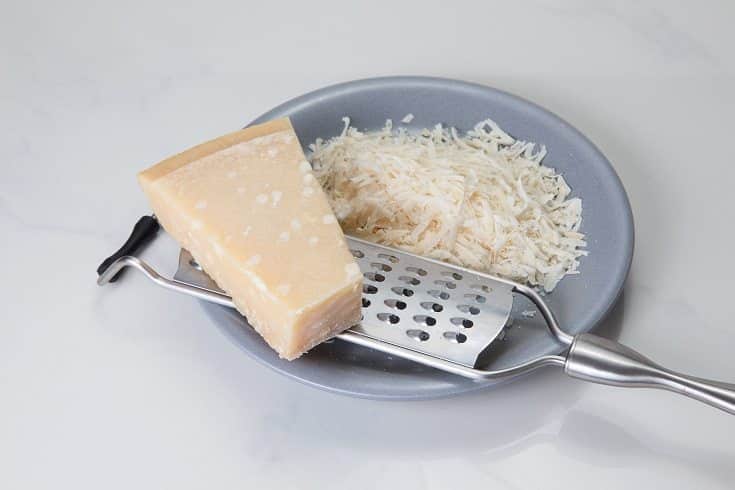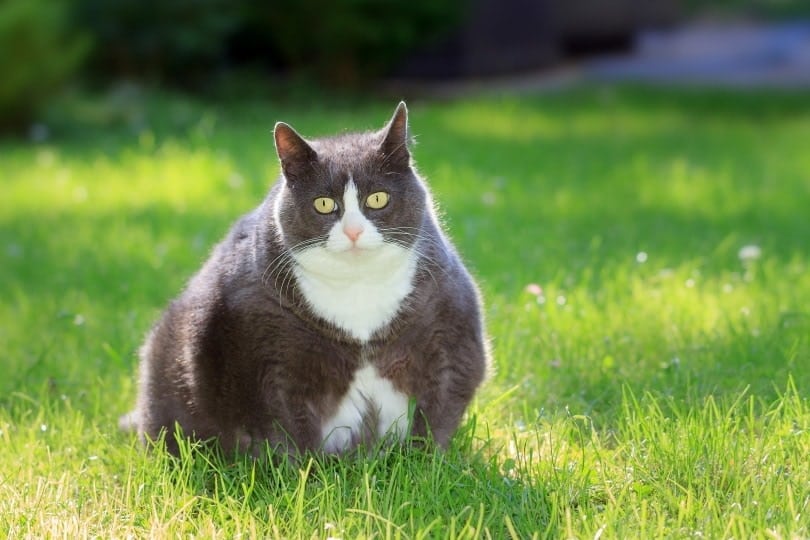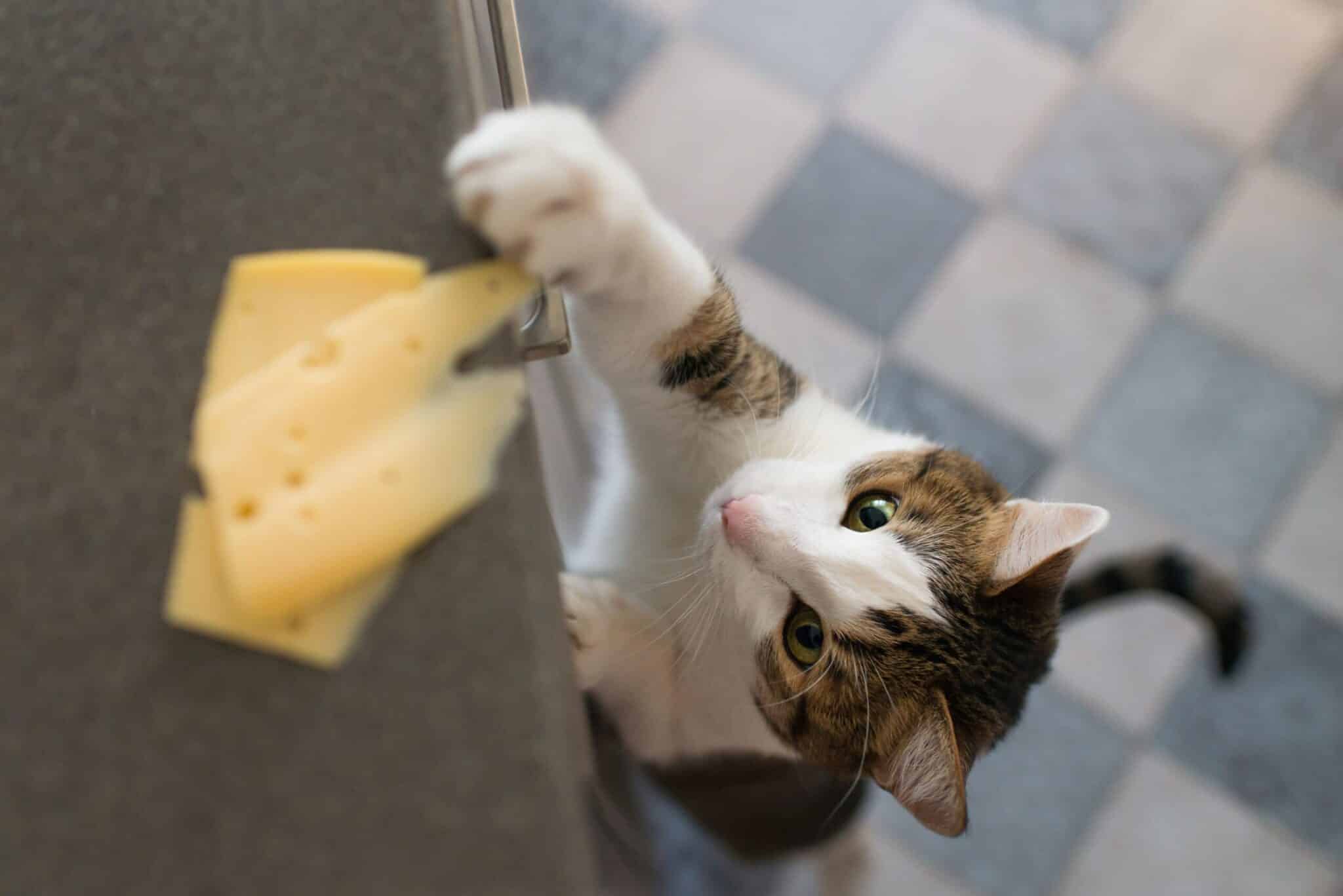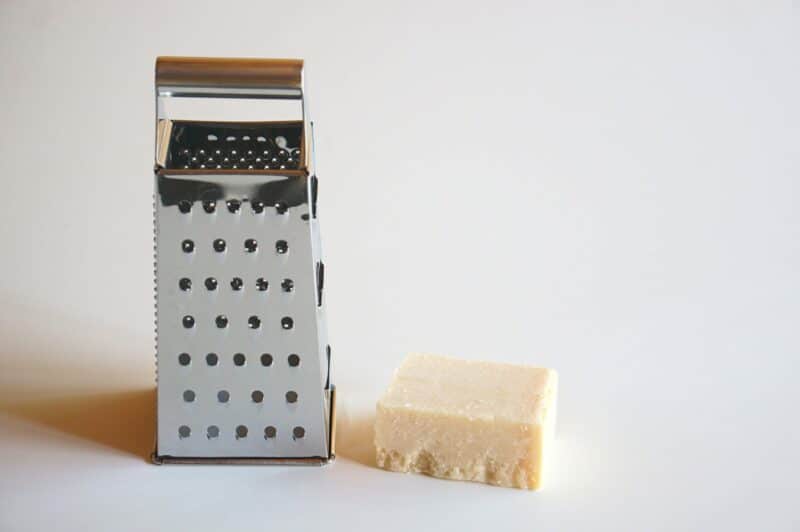As a cat owner, you know how tough it can be to say “no” to your kitty begging for a taste of food off your plate at the dinner table. Some human foods are okay to offer your kitty in moderation or as a special treat, but the same cannot be said about all foods. You might be wondering about parmesan cheese and its appropriateness for your kitty, and we’re here with an answer.
While parmesan is technically non-toxic for cats, it isn’t something we recommend feeding them. Cats are obligate carnivores that require a diet consisting primarily of animal protein. Though if you want to offer your kitty a cheesy little treat now and then, parmesan is one of the better options. Read on to learn more.
Is Parmesan Cheese Okay for Cats?
As we alluded to in the introduction, cheese isn’t the best treat to give your kitty simply because cats are obligate carnivores that need animal protein to thrive. However, if they do eat some parmesan or you want to give your pet cheese, parmesan is one of the best options as it is lower in lactose than other cheeses. It should be less likely to cause gastrointestinal upset.

Reasons Why Cats Shouldn’t Eat Parmesan Cheese
1. They Cannot Digest It
One of the biggest issues with cats and dairy is that most adult cats don’t have the digestive enzyme necessary to break down dairy into something their bodies can use, technically making them lactose intolerant. Too much dairy products can then cause digestive upset.
2. It’s High in Fat and Calories
According to the USDA, a one-ounce serving of parmesan has 7.88 grams of fat, 510 mg of sodium, and 119 calories.
If your cat eats too much fat and calories, they may be at risk of becoming obese. Obesity can shorten your cat’s life and make them prone to developing diseases like cancer, diabetes mellitus, and heart disease.

3. It’s Not a Natural Part of Your Cat’s Diet
Cats are obligate carnivores that require a diet consisting of animal protein. Cats have shorter digestive tracts designed to break down protein quickly, but not high fat or plant proteins, and have not evolved to eat foods like cheese or plant material.
Your cat’s wild ancestors would not encounter parmesan cheese in their daily lives, so it isn’t something they ever needed to evolve to digest.
What About Other Cheeses?
Not all cheese comes from cow’s milk, nor do they all contain the same amount of lactose. Therefore, it stands to reason that not all cheese will wreak absolute havoc on your cat’s digestive system.
Cheese can be an acceptable low-carb snack as it is high in protein and calcium. Harder, aged cheeses are generally considered safest as they’re lower in lactose. Cheddar, Swiss, and parmesan are ideal. Soft cheese, like mozzarella, should be bypassed as they’re high in lactose.

What Do I Do If My Cat Ate Parmesan Cheese?
If your kitty snatched a bit of parmesan cheese off your plate, there’s no need to panic. There isn’t enough lactose in that small portion to send your kitty off to his litter box to empty his bowels or damage his digestive system. You may want to keep a close eye on him to see if he exhibits any signs of gastrointestinal upset, as that can guide your future decisions regarding whether you should offer him cheese as a treat. If the parmesan upsets his tummy, we don’t recommend using cheese as a treat in the future.
Final Thoughts
While parmesan cheese is not toxic, most veterinarians would not suggest feeding it to your kitty. Your cat is an obligate carnivore, thriving on a diet primarily of animal-based protein. While parmesan has some protein, it doesn’t contain the amino acids cats need to thrive.
Of course, a small taste of parmesan here and there shouldn’t be too much of a problem, but it is still not something your cat has evolved to eat so it shouldn’t be a regular part of their diet.
Featured Image Credit: Jan Van Biza, Pixabay













